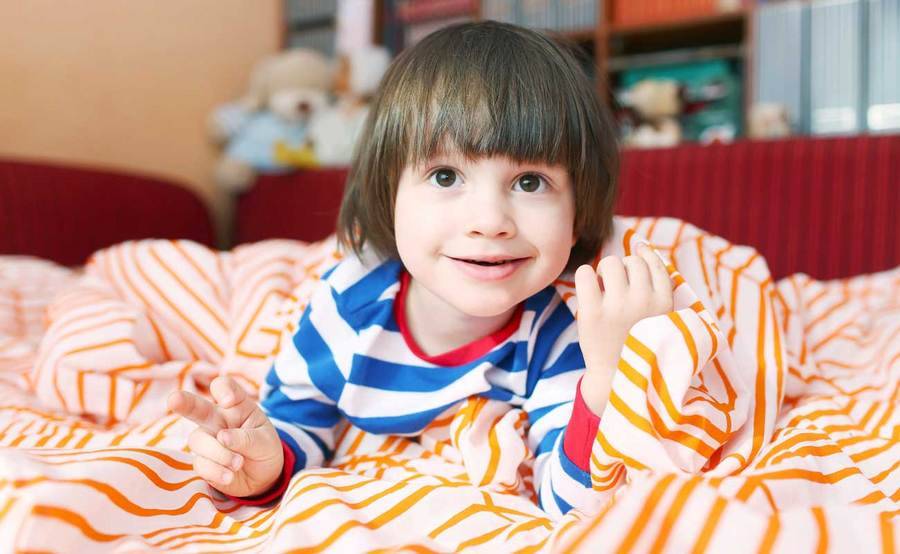5 Soothing Strategies to Ease Your Child’s Fears
Learn how to help your kid cope with scary things — real and imagined

Does your child’s bedroom have monsters under the bed and ghouls in the closet?
Understanding childhood fears and terrors — and learning certain strategies that bring peace and confidence to your child — can foster a strong parental bond and help develop coping strategies for life’s inevitable stresses.
Age-specific fears
Fears are a natural part of child development and reflect the developing mind. For example, infants often fear strangers and loud noises, while toddlers fear separation from caregivers. Preschool-aged children creatively imbue common objects with sinister intentions — such as the vacuum cleaner — and teens may fear natural disaster, rejection or topics brought up on the news. While these fears may seem irrational to you, your child’s concerns stem from how they experience the world and are best respected and accepted.
“It helps to think things through with the child and help her manage it,” says Heather Silverberg, MD, a pediatrician at Scripps Coastal Medical Center, Oceanside. “Show you care and understand the anxiety. Help them keep perspective and comprehend that most problems have solutions. Model a confident response to stressful situations with a positive attitude and encourage a child to learn positive self-statements, such as ‘I can do this’ and ‘I will be okay.’ These statements can help them learn to cope with their anxiety.”
5 tips to try
Try these soothing strategies to calm an anxious child:
-
Talk about the fear
Pinpoint what is frightening your child by asking him how he is feeling and listen closely. Remember that what seems trivial to you is real to your child and never make fun of or belittle the fears. “It’s natural for kids to worry, and feeling understood by others is a very healthy and validating experience,” says Dr. Silverberg.
-
Let them know they are safe
Let your little one know that everything is ok, that the bed is safe and that nothing will get her. When a bad dream wakes your child up, and she cries out or runs into your bedroom, give a quick reassurance and hug and tuck her into her own bed. “While you always want to respect your child’s fears, you don’t necessarily want to overreact to them,” says Dr. Silverberg. “You want to help them feel comfortable with them and confident they can handle the situation.”
-
For nighttime fears, establish a quiet bedtime routine
For 30 to 60 minutes before bedtime, avoid scary movies, videos or TV shows, and read a light-hearted bedtime story. Parents can distract their child with pleasant thoughts after being tucked into bed. If necessary, you can check together under the bed to show that there are no monsters in hiding.
-
Use security objects and nightlights
Having a favorite stuffed animal or blanket can provide your child with a feeling of control and comfort.
-
For older children, be open to discussing events that create stress
When a frightening event is in the news, such as a terrorist attack or a natural disaster, help your child understand that she is safe. Explain that these tragedies rarely occur, but that even if something bad did happen, you, the school and the community have a plan in place to keep people and animals from harm.
“Fears are very common in young children, and it is a normal part of development,” says Dr. Silverberg. “Most children outgrow them as they get older. Parents can help by listening to their child’s fears, being patient and talking about how to overcome their fears.”
Call your pediatrician if your child’s fears continue or grow worse, or if your child’s anxieties begin after a traumatic experience or event and persist after the event is long over.